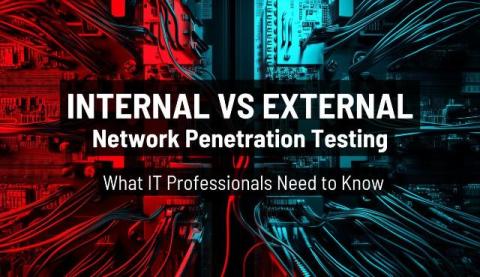Threat-led pen testing and its role in DORA compliance
enabling businesses to proactively uncover vulnerabilities that could otherwise be exploited by threat actors. In this article, we set out what threat-led pen testing is, how it relates to the Digital Operational Resilience Act (DORA) and the testing requirements included as part of the new EU regulation.











